The Gypsy Goddess by Meena Kandasamy, novel set in Tamil Nadu, India.
If it is possible for a book to be too clever for its own good, then this is it.
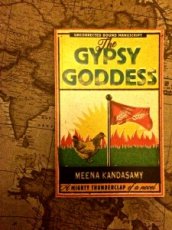 Kandasamy sets about giving us a fictionalised version of the massacre that took place in the village of Kilvenmani on Christmas Day 1968 when 44 Dalit agricultural labourers, including women and children, were locked in a hut by a group of landowners and burnt alive. Or rather, she doesn’t give us this – at least not for ages. The opening chapters of the novel both dazzle with wit and frustrate with lengthy digressions, false starts and editorial intrusion. In a sense Kandasamy plays with the reader, much as a cat might play with a mouse. She gives us hope that she is, after all, going to tell us the story. “Do you rue the fact that modernism and postmodernism have killed our story-telling traditions?” she asks us. And when the poor frustrated reader answers in the affirmative, she slams her writers’s paw back down on us and gives us yet more clever word play and gimmicky asides. There are, to be fair, wonderful witty gems amongst all this. “It is common knowledge, ” she tells us, “that no land would ever be found interesting until a white man arrived, befriended some locals, tried the regional cuisine, asked a lot of impertinent questions, took copious notes in his Moleskine notebook…” And Kandasamy’s roots as a poet show clearly in the section of Nicky Minaj-like rap. So clever. But still, it doesn’t compensate for the frustration.
Kandasamy sets about giving us a fictionalised version of the massacre that took place in the village of Kilvenmani on Christmas Day 1968 when 44 Dalit agricultural labourers, including women and children, were locked in a hut by a group of landowners and burnt alive. Or rather, she doesn’t give us this – at least not for ages. The opening chapters of the novel both dazzle with wit and frustrate with lengthy digressions, false starts and editorial intrusion. In a sense Kandasamy plays with the reader, much as a cat might play with a mouse. She gives us hope that she is, after all, going to tell us the story. “Do you rue the fact that modernism and postmodernism have killed our story-telling traditions?” she asks us. And when the poor frustrated reader answers in the affirmative, she slams her writers’s paw back down on us and gives us yet more clever word play and gimmicky asides. There are, to be fair, wonderful witty gems amongst all this. “It is common knowledge, ” she tells us, “that no land would ever be found interesting until a white man arrived, befriended some locals, tried the regional cuisine, asked a lot of impertinent questions, took copious notes in his Moleskine notebook…” And Kandasamy’s roots as a poet show clearly in the section of Nicky Minaj-like rap. So clever. But still, it doesn’t compensate for the frustration.
It’s a shame too, because, once she finally gets to the story, Kandasamy produces an incredibly moving account. In this third section of the book, she isn’t yet finished with postmodern devices, but here they are used to great effect. The account of the victims’ bodies she gives to Inspector Rajavel and the bald, factual details of the report contrast powerfully with the more personal accounts of witnesses that follow. These accounts are lyrical, stunning and shocking in their brutal detail. One chapter takes the form of an unstoppable sentence describing the fire eating all in its path “and now the fire spreads with fondness and familiarity and the old men and the women and the children are bathed in blisters making touch their greatest trauma and long ago tattoos of loved ones’ names show up on their arms…” Unlike most novels, the novel doesn’t offer us the inner thoughts of characters or even possess an actual protagonist but this is, I think, deliberate. Kundasamy has told us from the first that she doesn’t intend to offer us a traditional story.
All in all, it’s probably worth ploughing through the literary tricks at the beginning to get to the real heart of the book, that is, if you haven’t already abandoned it.
lean entrepreneurship vfx course ideunom entrepreneur profile emt programs near me resp nsou pg rally crowdfunding office 365 student entrepreneurial skills enterprise sky harbor mamacrowd dropout wbchse result 2021 give the three business resources in entrepreneurship sarkari result up board 2021 steve mariotti causes crowdfunding psychology courses online coursera cost the entrepreneurial mind distance learning centre top real estate crowdfunding educational websites best startup companies 3 types of entrepreneurship stephen lecce fundraising crowdfunding top equity crowdfunding campaigns best women entrepreneurs civic crowdfunding osha 10 certification factors affecting entrepreneurship development board of secondary education andhra pradesh oxford online courses decentralized crowdfunding mba distance education business owner entrepreneur sustainable development goals upsc welding classes near me most popular crowdfunding platforms government funding for startupsSource: www.tripfiction.com
You might also like:
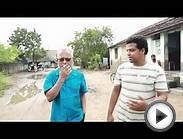
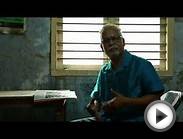
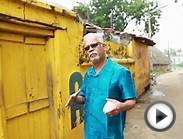
Related posts:




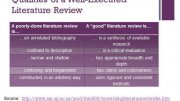
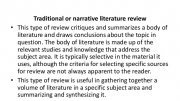



















An intergalactic space rap battle between tupac and biggie smalls